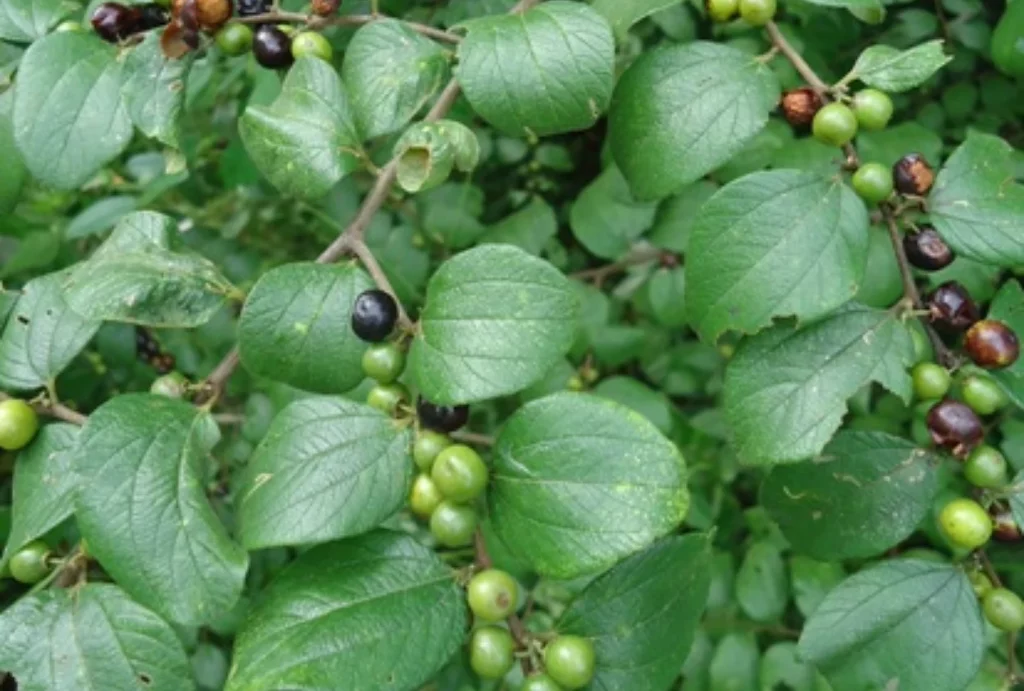Plants In The Park
19 plants you can find in Seed park
Banyan Tree
Scientific Name: Ficus Benjamina
This unusually shaped tree is part of the mulberry family (Moraceae). The banyan reaches a height up to 30 metres (100 feet) and spreads laterally indefinitely. Aerial roots that develop from its branches descend and take root in the soil to become new trunks.
For thousands of years, the banyan tree has been the sacred centre of many Asian villages, a shelter for weary travelers seeking refuge and sanctuary in the company of fellow wanderers. This is the inspiration that birthed our brand in 1994 — a pioneer in naturally luxurious and ecologically sensitive hospitality.
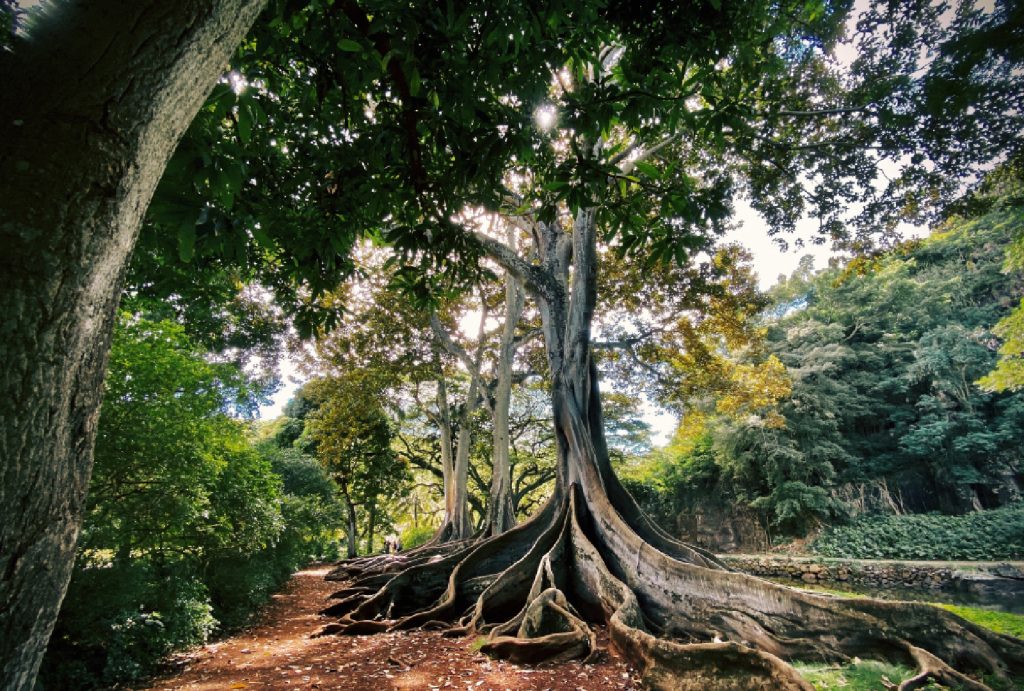
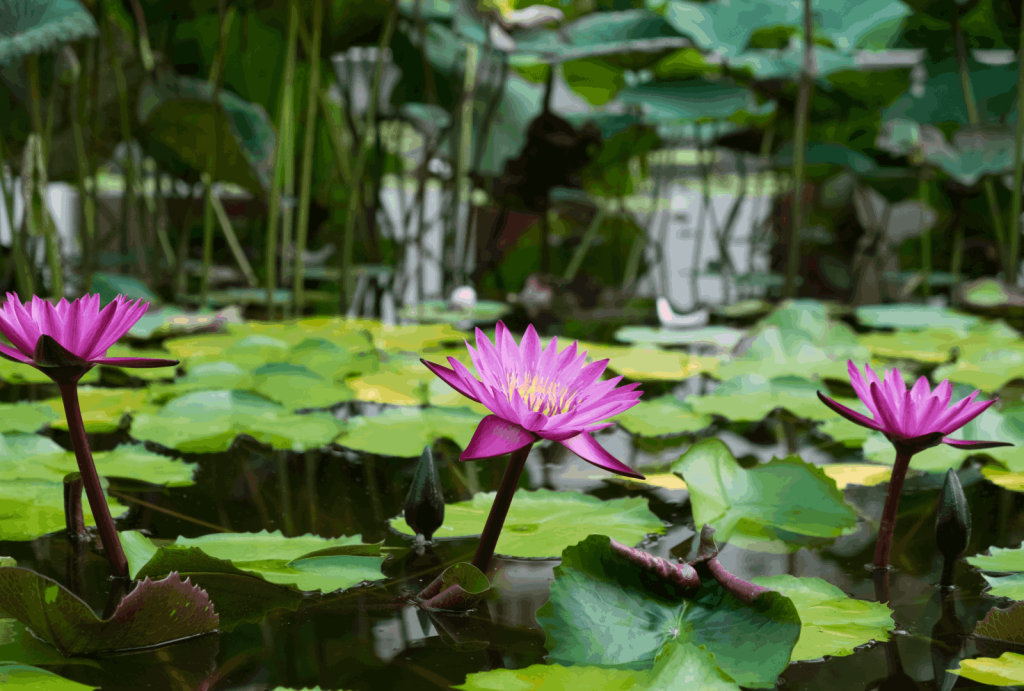
Water Lilly
Scientific Name: Nymphaea Lotus
The water lily, (family Nymphaeaceae), includes approx. 60 different species of freshwater flowering plants, which are native to the temperate and tropical parts of the world such as South East Asia. Water lilies provide food for fish and wildlife.
Most species of water lilies have rounded and variously notched waxy-coated leaves on long stalks that contain many air spaces and float in quiet freshwater habitats. The stalks arise from thick fleshy creeping underwater stems that are buried in the mud.
Coconut Palm
Scientific Name: Cocos Nucifera
The coconut tree is a member of the palm tree family (Arecaceae) and the only living species of the genus Cocos.
The term “coconut” (or the archaic “cocoanut”) can refer to the whole coconut palm, the seed, or the fruit, which botanically is a drupe, not a nut. The name comes from the old Portuguese word coco, meaning “head” or “skull”, after the three indentations on the coconut shell that resemble facial features.
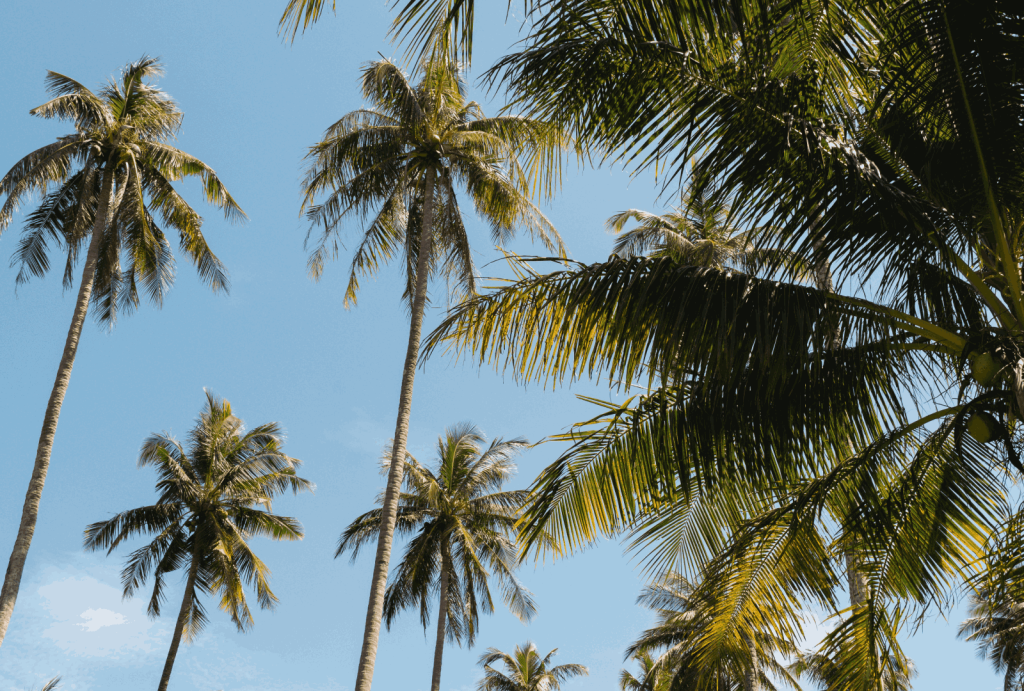
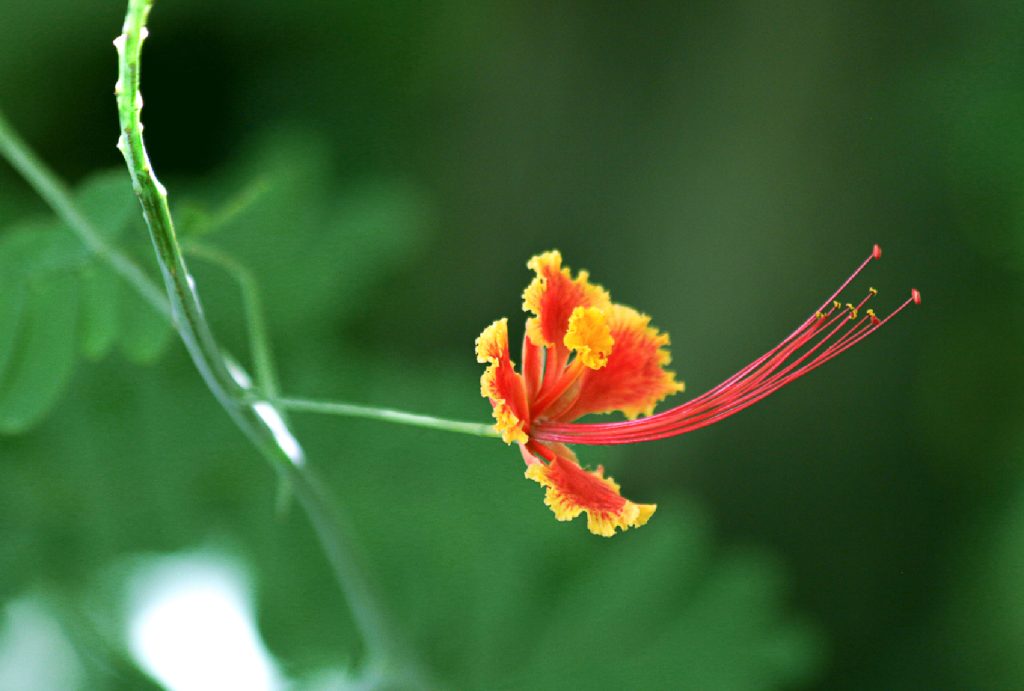
Flame Tree
Scientific Name: Delonix Regia
The flame tree is a species of flowering plant in the bean family Fabaceae. It is noted for its fern-like leaves and flamboyant seasonal display of orange-red flowers.
In many tropical parts of the world it is grown as an ornamental tree and in English it is given the name royal Poinciana, flamboyant, phoenix flower, flame of the forest, or flame tree (one of several species given this name).
Bismarck palm
Scientific Name: Bismarckia nobilis
The Bismarck palm is typically silver-green in color, but a light olive-green-leaved variety also exists. The dark brown male and female inflorescences are produced on separate trees, with females developing olive-brown fruit.
This is one genus among a diverse palm flora, native to Madagascar, an island well known for its rich diversity of unique taxa, The genus is named for the first chancellor of the German Empire Otto von Bismarck and the epithet for its only species, Bismarckia nobilis, comes from Latin for ‘noble’
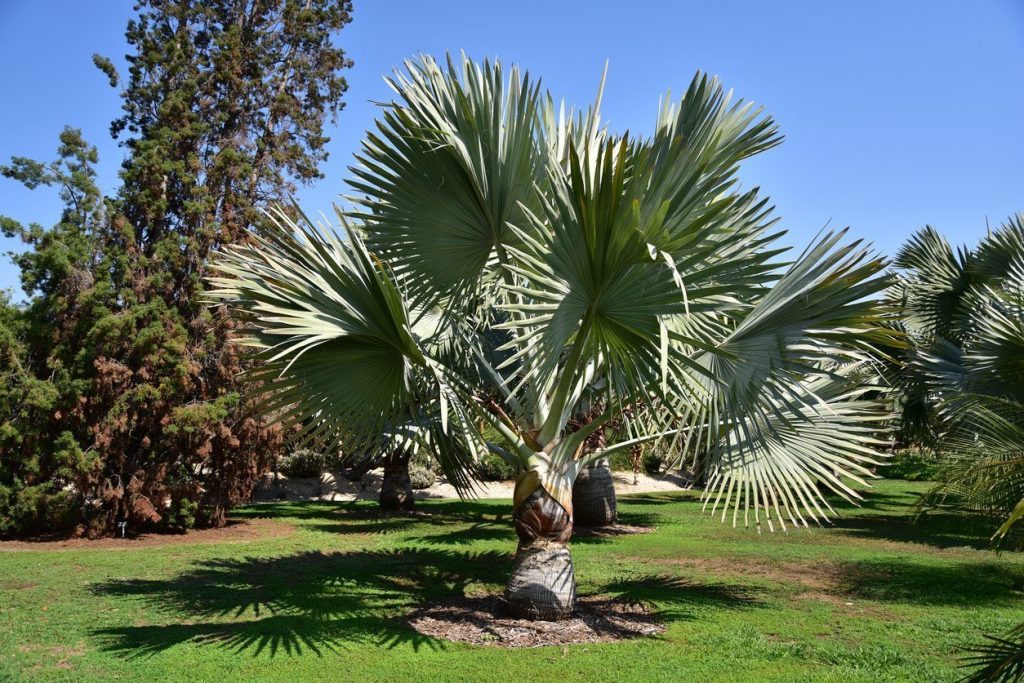
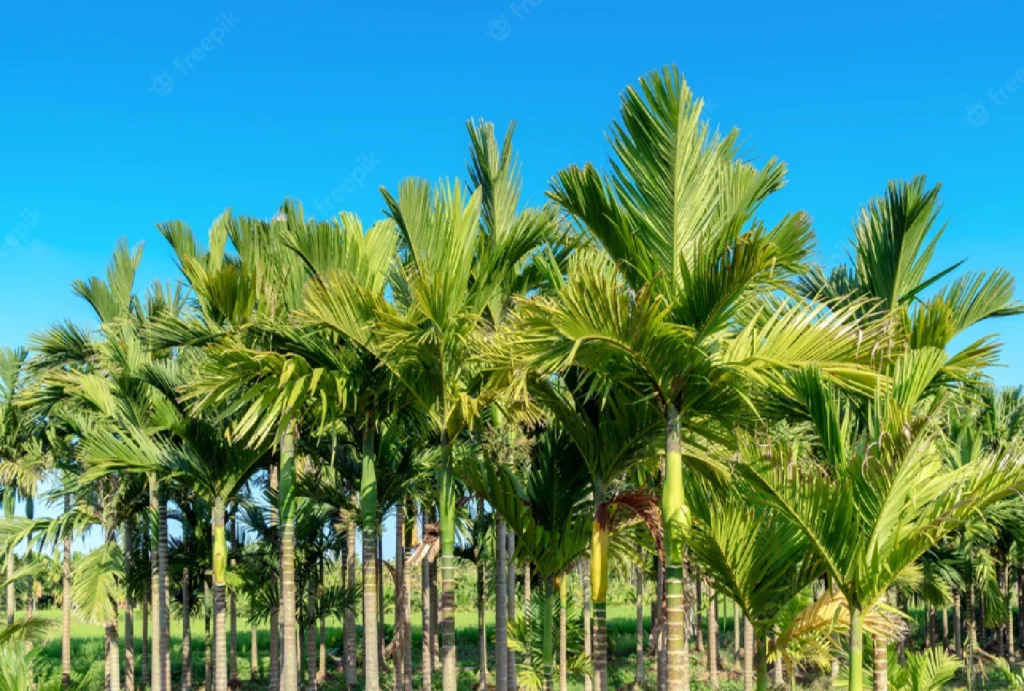
Betel palm
Scientific Name: Areca catechu
The Betel palm is the palm which produces to popular betel-nut or supari, which is an essential ingradient of paan. It is grown for its economically important seed crop, the Betel nut. The seed contains alkaloids such as arecaine and arecoline, which when chewed is intoxicating and is also slightly addictive.
The palm is believed to have originated in the Philippines, but is widespread in cultivation and is considered naturalized in southern China, and also in many of the islands in the Pacific Ocean, and also in the West Indieswhich grows in much of the tropical Pacific, Asia, and parts of east Africa.
Eucalyptus Tree
Scientific Name: Eucalyptus camaldulensis
The Eucalyptus tree have bark that is either smooth, fibrous, hard or stringy, leaves with oil glands, and sepals and petals that are fused to form a “cap” or operculum over the stamens. The fruit is a woody capsule commonly referred to as a “gumnut”. Eucalyptus is also one of the major species used for pulp and paper industry here in Thailand.
Most species of Eucalyptus are native to Australia, and every state and territory has representative species. About three-quarters of Australian forests are eucalypt forests. Wildfire is a feature of the Australian landscape and many eucalypt species are adapted to fire, and resprout after fire or have seeds which survive fire.
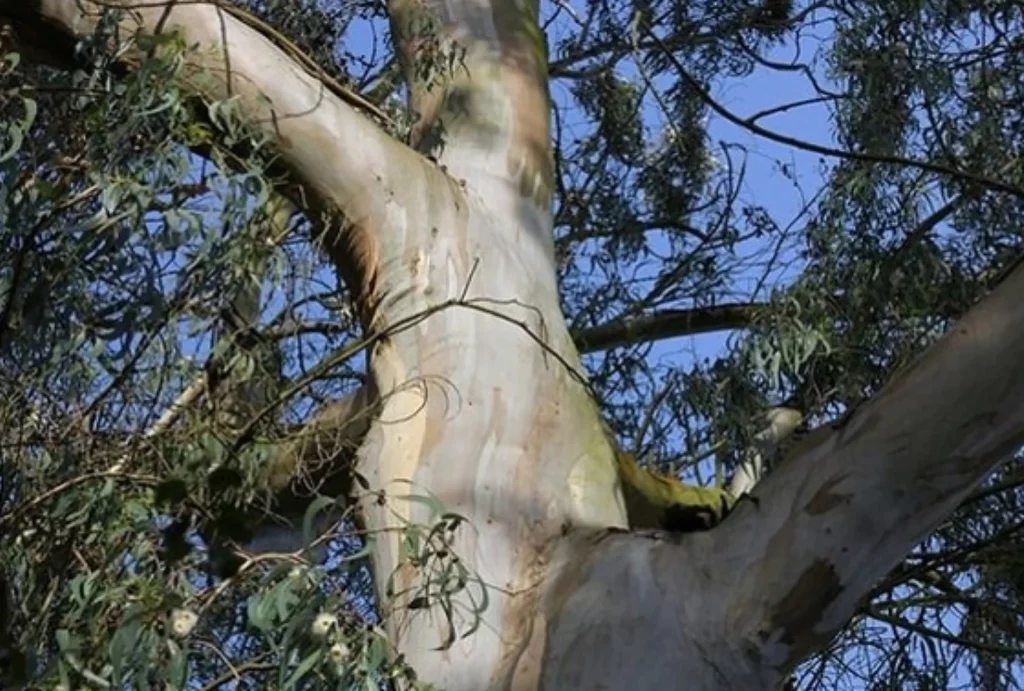
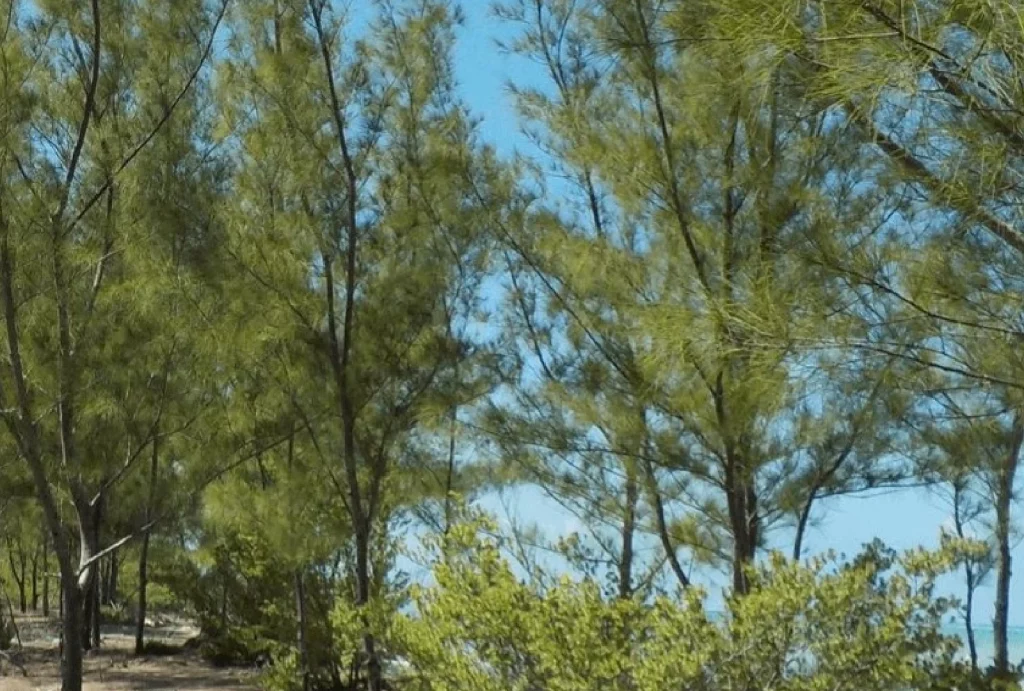
Casuarina Tree
Scientific Name: Casuarina equisetifolia
The Casuarina Tree is an evergreen, dioecious or monoecious tree 6-35 (60) m tall. Crown shape initially conical but tends to flatten with age, with a finely branched crown. Since it is salt tolerant and grows in sand, C. equisetifolia is used to control erosion along coastlines, estuaries, riverbanks and waterways.
Casuarina is found from Myanmar and Vietnam throughout Malesia east to French Polynesia, New Caledonia, and Vanuatu, and south into Australia (the northern parts of Northern Territory, north and east Queensland, and northeastern New South Wales, where it extends as far south as Laurieton.
Fishtail Palm
Scientific Name: Caryota urens
The Fishtail Palm is a species of flowering plant in the palm, a solitary-trunked tree that can measure 18 metres (59 feet) in height and up to 30 centimetres (12 inches) wide. Widely spaced leaf-scar rings cover its gray trunk which culminate in a 6 m (20 ft) wide, 6 m tall leaf crown. The fruit is capable of irritating the skin and causing a burning sensation.
Plants are found in moist tropical climates, native to Sri Lanka, India, Myanmar and Malaysia, where they grow in fields and rainforest clearings. Its leaf is used as fishing rod after trimming the branches of the leaf and drying.
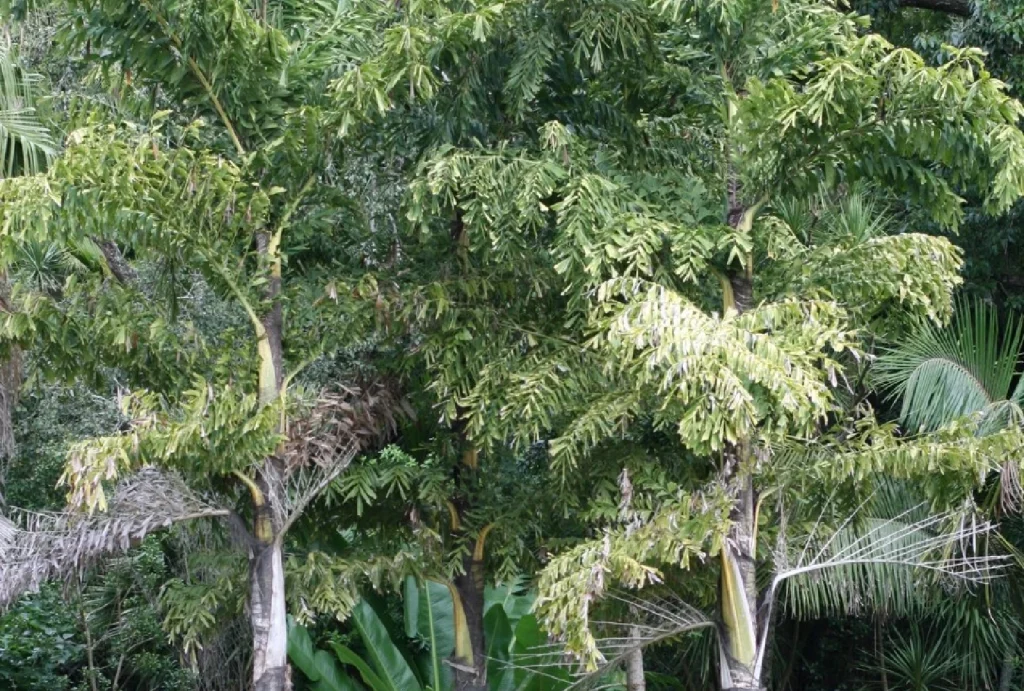
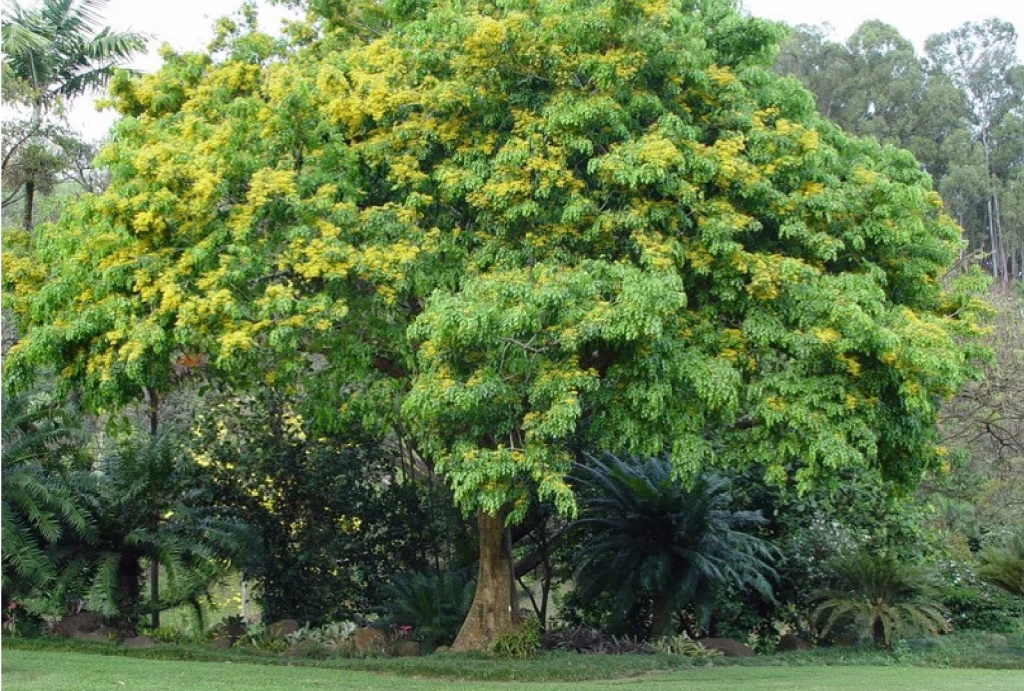
Angsana Tree
Scientific Name: Pterocarpus indicus
Pterocarpus indicus, locally known as Angsana. The spreading dome-shaped crown and drooping branches provide shade to pedestrians. When in bloom, the tree puts on an impressive yet short-lived display where the whole crown is covered with vibrant yellow flowers. The fruit pods are disc-like and dispersed by the wind.
Many populations of Pterocarpus indicus are seriously threatened. It is extinct in Vietnam and possibly in Sri Lanka and Peninsular Malaysia. It was declared the national tree of the Philippines in 1934 by Governor-General Frank Murphy of the Insular Government of the Philippine Islands through Proclamation.
Mango Tree
Scientific Name: Mangifera indica
The Mango tree is a species of flowering plant in the family Anacardiaceae. It is a large fruit tree, capable of growing to a height of 30 metres (100 feet). The leaves are simple, shiny and dark green, tree is more known for its fruit rather than for its timber. In Thailand, the mangoes are serve as traditional Thai dessert called Mango sticky rice, known in Thai as Khao Neow Mamuang.
Mangoes are believed to have originated from the region between northwestern Myanmar, Bangladesh, and northeastern India. M. indica were domesticated separately in South Asia and Southeast Asia over centuries.
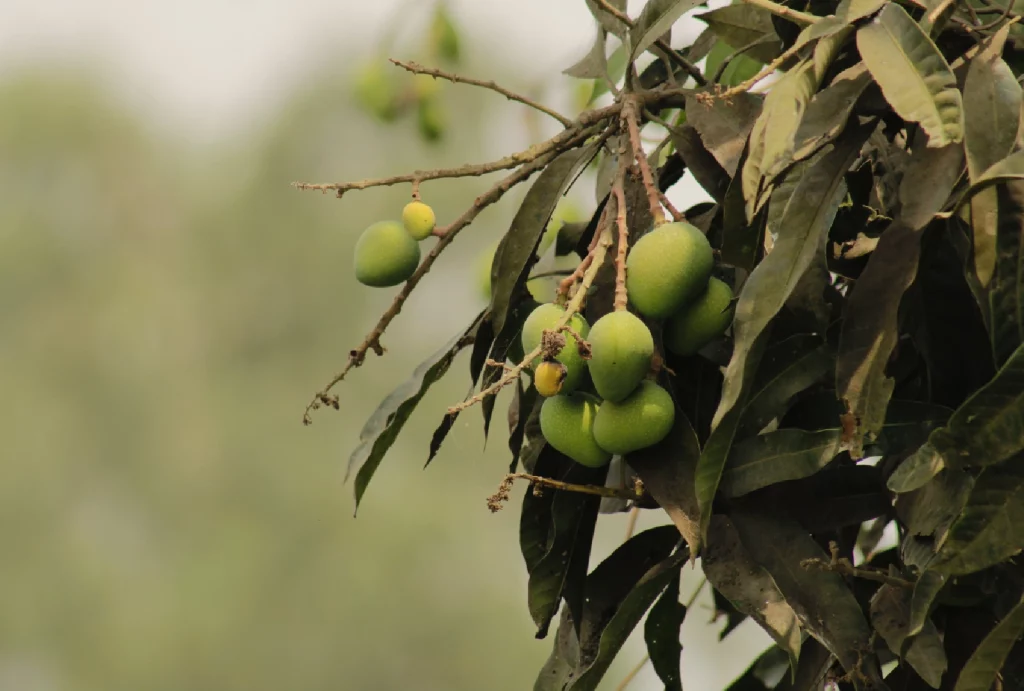

Cashew nut Tree
Scientific Name: Anacardium occidentale
The cashew tree is a tropical evergreen tree that produces the cashew seed and the cashew apple accessory fruit. The tree can grow as tall as 14 metres (46 feet). The cashew seed is commonly considered a snack nut (cashew nut) eaten on its own, used in recipes, or processed into cashew cheese or cashew butter.
The species is native to Northeastern Brazil and Southeastern Venezuela, and later was distributed around the world in the 1500s by Portuguese explorers. Portuguese colonists in Brazil began exporting cashew nuts as early as the 1550s. The Portuguese took it to Goa, India between 1560 and 1565. From there, it spread throughout Southeast Asia and eventually Africa.
Rosy trumpet Tree
Scientific Name: Tabebuia rosea
The Rosy trumpet tree is a tree widely used as an ornamental, due to its beautiful flower display, and cultivated for its wood. It is a medium to large tree attaining a height of 28-37 m with a d.b.h. of 50-100 cm. This species has a wide crown, which may be conical or irregular with open foliage. The buttresses may reach 2-3 m in height; bole cylindrical. The bark is dark grey and rough with vertical fissures.
It is a native tree in southern México, Central America and northern South America into Venezuela and Ecuador. The species is now found in Asia, Africa, North America, Central America, the Caribbean, South America, Europe and Oceania.
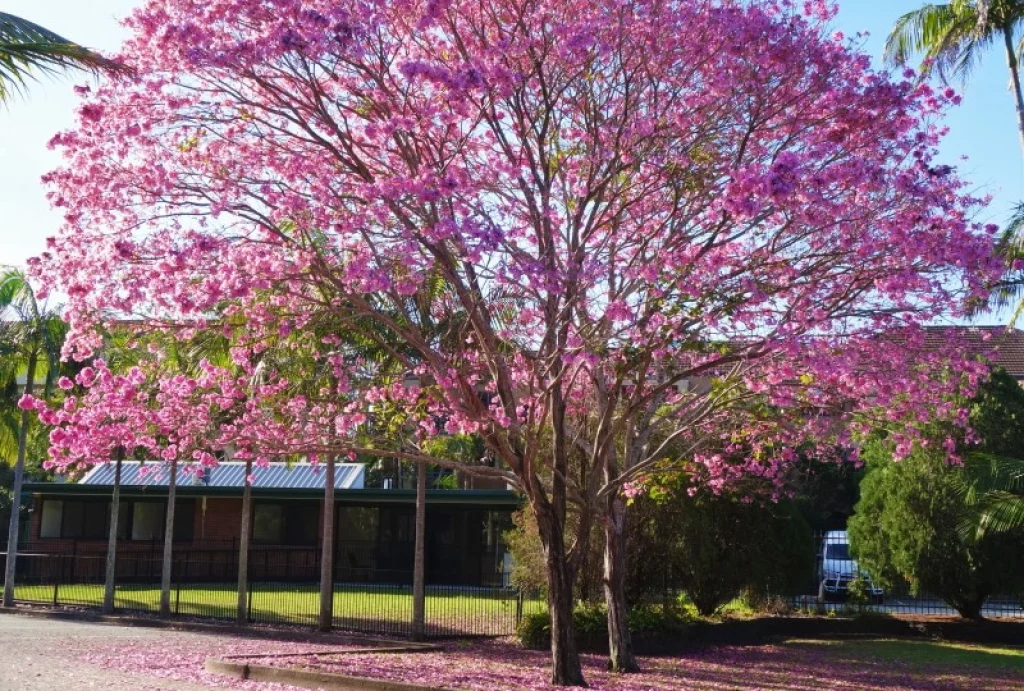
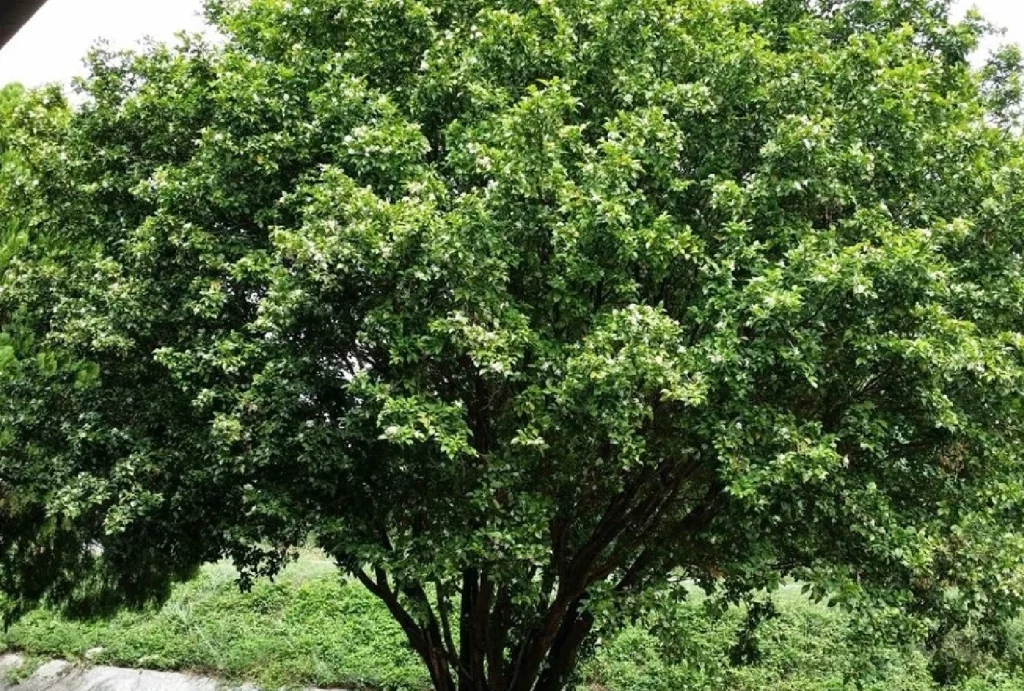
Orange jasmine Tree
Scientific Name: Murraya paniculata
Orange jasmine is a tree that typically grows to a height of 7 m (23 ft) but often flowers and forms fruit as a shrub. The flowers are fragrant and are arranged in loose groups, white or cream-coloured. Flowering occurs from June to March and the fruit is an oval, glabrous, orange-red berry.
This tree originally found in rainforest, often as an understory shrub in vine thickets, including behind beaches. It is native to South and Southeast Asia, China and Australasia, while the distribution area extends from Pakistan via India, Sri Lanka and southern China to Taiwan and the Philippines.
Earleaf acacia Tree
Scientific Name: Acacia auriculiformis
Acacia auriculiformis is an evergreen tree that grows between to 15–30 metres (49–98 ft) tall. It has dense foliage with an open, spreading crown. Flowers are creamy yellow and sweet scented. They are initially straight but on maturity become twisted with irregular spirals.
It is native to Australia, Philippines, Indonesia, and Papua New Guinea. The generic name Acacia comes from the Greek word ‘akis’ meaning a point or a barb and the specific epithet comes from the Latin ‘auricula’- external ear of animals and ‘forma’- form, figure or shape, alluding to the shape of the pod.
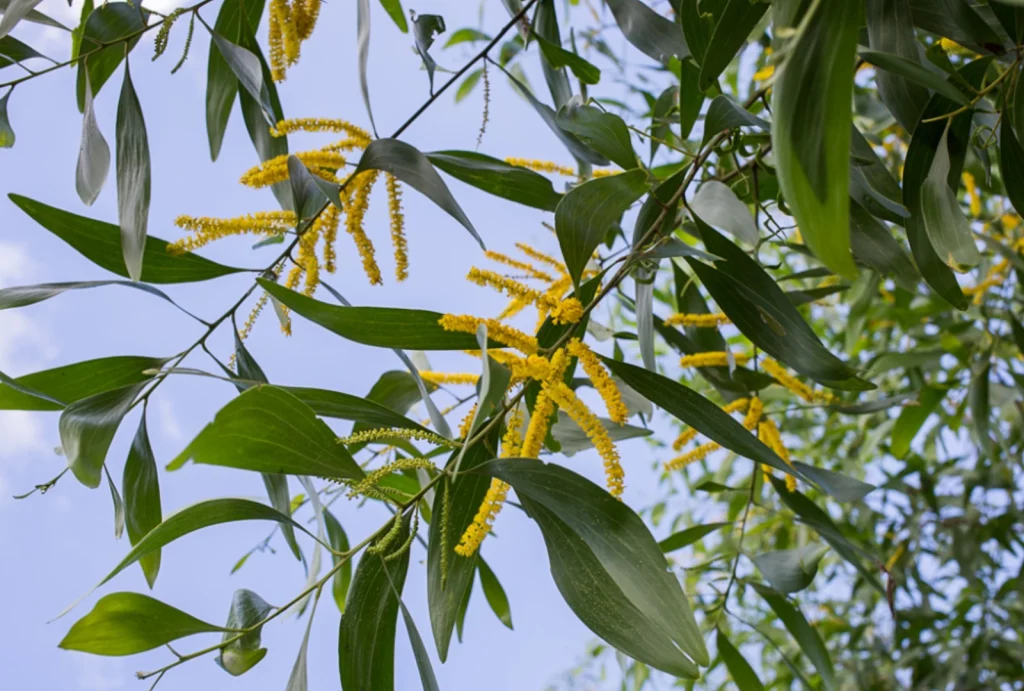
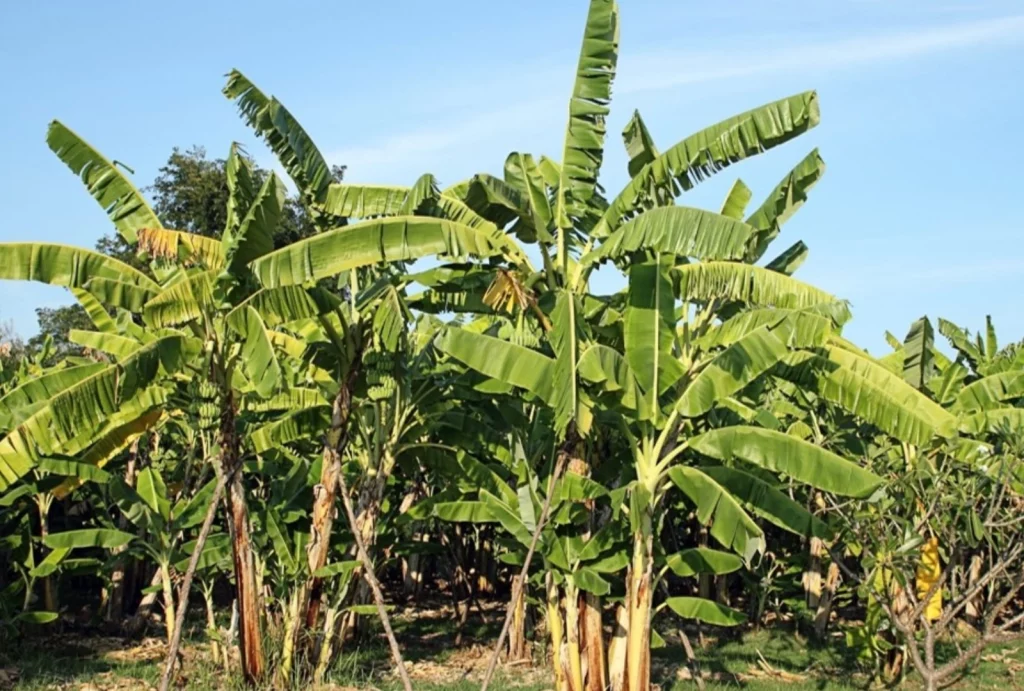
Banana Tree
Scientific Name: Musa acuminata
A banana tree is an elongated, edible fruit. In some countries, bananas used for cooking may be called “plantains”, distinguishing them from dessert bananas. The fruit is variable in size, color, and firmness, but is usually elongated and curved, with soft flesh rich in starch covered with a rind, which may be green, yellow, red, purple, or brown when ripe.
Musa species are native to tropical Indomalaya and Australia, and are likely to have been first domesticated in Papua New Guinea. They are grown in 135 countries, primarily for their fruit, and to a lesser extent to make fiber, banana wine, and banana beer and as ornamental plants. The world’s largest producers of bananas in 2017 were India and China, which together accounted for approximately 38% of total production.
Ta-khian Tree
Scientific Name: Hopea odorata
A medium-sized to large evergreen tree with a conical-shaped crown. It usually reaches a height of 25-30 m, but sometimes attains 40 m. The girth can be up to 4.5 m. Trunk is straight with short buttresses. The thick, slightly to deeply fissured outer bark is dark brownish-grey, and the inner bark is dull yellow.
It is found in Bangladesh, Cambodia, India, Laos, Malaysia, Myanmar, Thailand, and Vietnam. It grows in forests, preferably near rivers, at altitudes between 0 and 600m. In places such as West Bengal and the Andaman Islands it is often planted as a shade tree. Valued for its wood, it is a threatened species in its natural habitat.

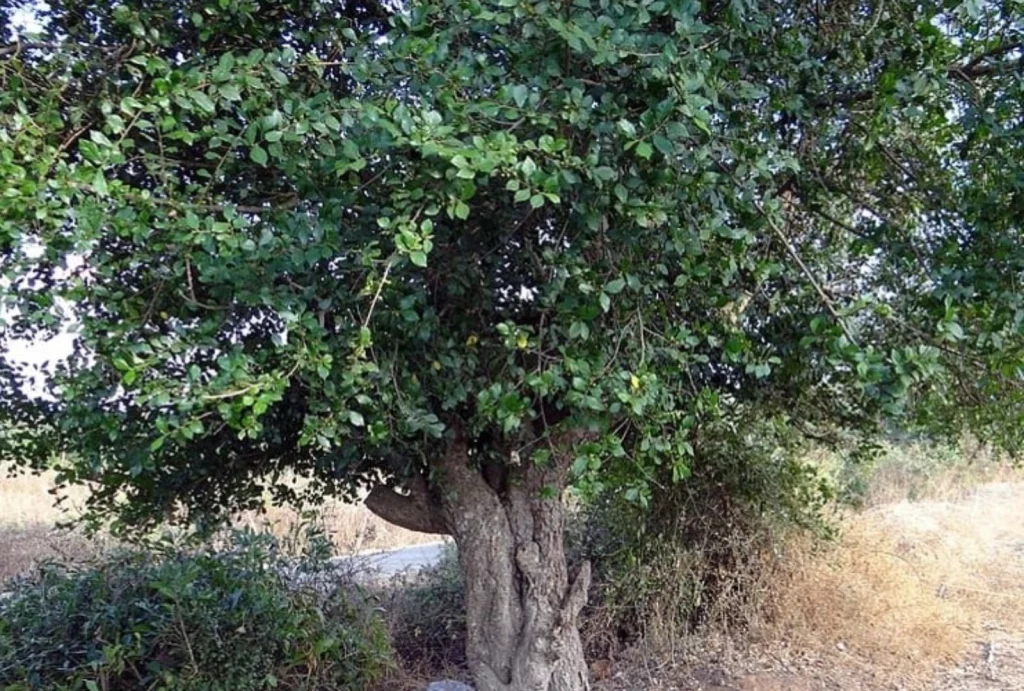
Tooth brush Tree
Scientific Name: Streblus asper
Tooth brush tree is a small, rigid, evergreen tree with latex and grows up to 15 meter in height. Twigs are hairy and interwoven. Bark is rough grey to greenish in colour. Leaves are simple, alternate, rhomboid, elliptic, acute or acuminate more or less crenate-scabrid on both surfaces.
It is distributed throughout drier parts of India usually along the river banks. In Karnataka, it is found in rain forests of North Canara and Banavasi region.
Plub Pla Tree
Scientific Name: Microcos tomentosa Smith
Plub Pla Tree is a shrub or small tree distributed mainly in Northeastern Thailand. The dried bark, roots, fruits, and leaves of Microcos species have been used medicinally to treat diarrhea and fever, as forms of general tonics, and as insecticides.
Microcos (Tiliaceae) has approximately 60 species distributed in Asia, Africa, South America, and Australia, with 3 species found in Thailand The native range of this species is S. China to W. & Central Malesia. It is a tree and grows primarily in the wet tropical biome.
